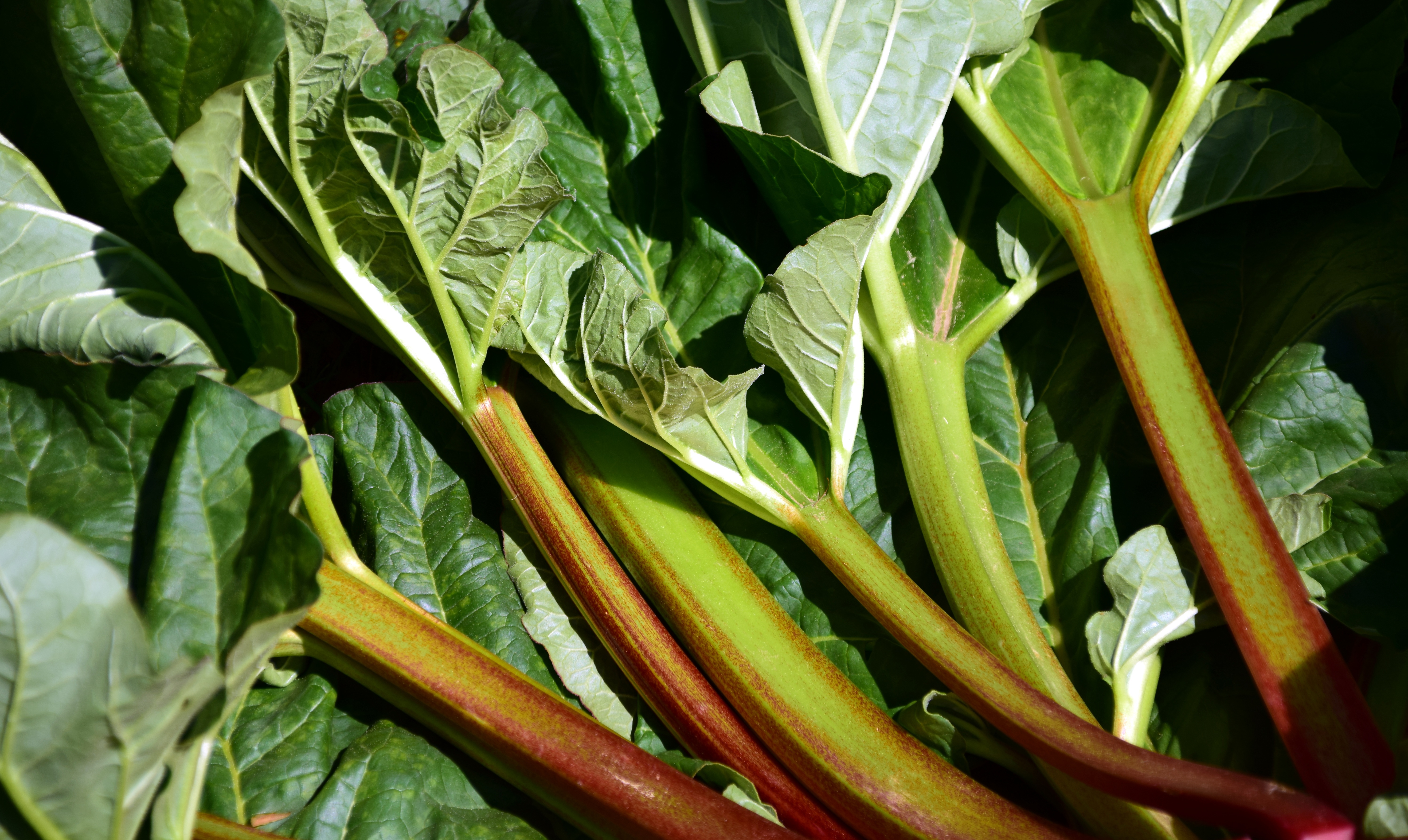 EATING LOCAL ALSO means eating in season, which in Maine provides great opportunity for a varied diet and also a challenge to figure out just what to do with the bounty (or perhaps, in late winter and early spring, the scarcity) that the local harvest provides. Here are some ideas to guide you through four seasons of eating what is ripest and most available all year long. In this second of four posts, we are featuring recipes that use produce from Maine; and many of the other ingredients—like dairy, honey, maple syrup, our, sun ower seeds, even sea salt—are also produced in Maine and can be found at your local farmers’ market, natural food store or co-op, if not direct from the farmer. Take on an extra challenge and see how “local” you can make your plate! Or simply savor the seasons and enjoy all that Maine farms—or your own backyard garden—have to offer.
EATING LOCAL ALSO means eating in season, which in Maine provides great opportunity for a varied diet and also a challenge to figure out just what to do with the bounty (or perhaps, in late winter and early spring, the scarcity) that the local harvest provides. Here are some ideas to guide you through four seasons of eating what is ripest and most available all year long. In this second of four posts, we are featuring recipes that use produce from Maine; and many of the other ingredients—like dairy, honey, maple syrup, our, sun ower seeds, even sea salt—are also produced in Maine and can be found at your local farmers’ market, natural food store or co-op, if not direct from the farmer. Take on an extra challenge and see how “local” you can make your plate! Or simply savor the seasons and enjoy all that Maine farms—or your own backyard garden—have to offer.
Spring: naturally fermented rhubarb pickles
Sure, rhubarb makes for a great pie, but it can also make a yummy crisp and crunchy pickle! Rather than relying on vinegar and sugar for the brine, these pickles feed off the salt and honey in the recipe, creating beneficial bacteria that also preserves them (still best to keep them in the fridge once they’re done fermenting). These are great chopped up on salads with tender spring greens and herbs.
- ½-¾ pound thin rhubarb stalks, washed and dried (enough to fill a one-quart mason jar)
- 1 star anise
- 1 tsp whole cloves
- 1 cinnamon stick
- 4-5 juniper berries (optional)
- ½ tbsp raw honey
- ½ tbsp salt
- filtered water
Chop the rhubarb into 4-5 inch long sticks. Add the spices to the bottom of your mason jar. Pour in approximately ½ cup of warm water, then add the salt and honey. Stir to dissolve. Pack the jar with the rhubarb so that the stalks are standing up vertically in the jar. They should fit in tightly so that they do not float when you add the rest of the water. Fill the jar with water until the top of the rhubarb is covered, making sure there is still an inch or two of head-space at the top of the jar (the rhubarb will produce gas as it ferments, and it will need somewhere to go!). Cover tightly and leave in a warm place (a sunny window or the top of the fridge works well). Remember to release the air from the jar and then twist the lid tight again 2-3 times/day. The pickles will fizz and bubble – this is normal, and fun! They are typically ready in 2-3 days: try one, and if it has the right balance of sweet, crisp, tart, and tangy from the fermentation process, then they are good to go. Store in the fridge to halt the fermentation.








Just made a batch of these. Can’t wait to try them! How long will they keep in the refrigerator?
Thank you!